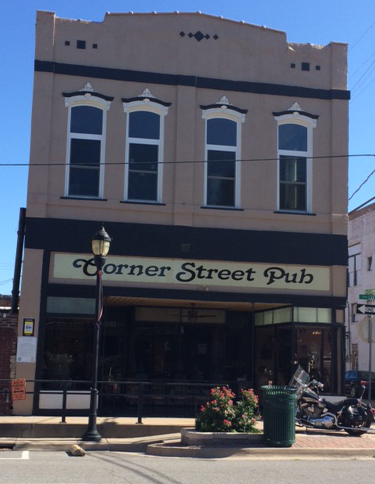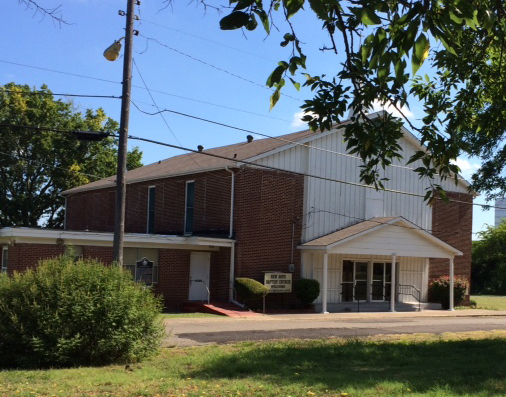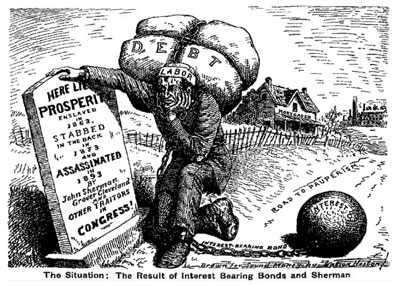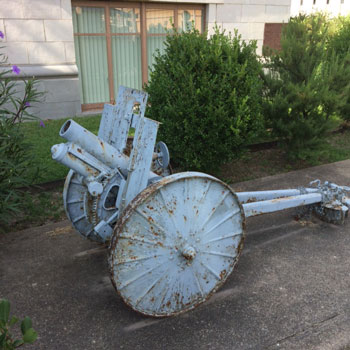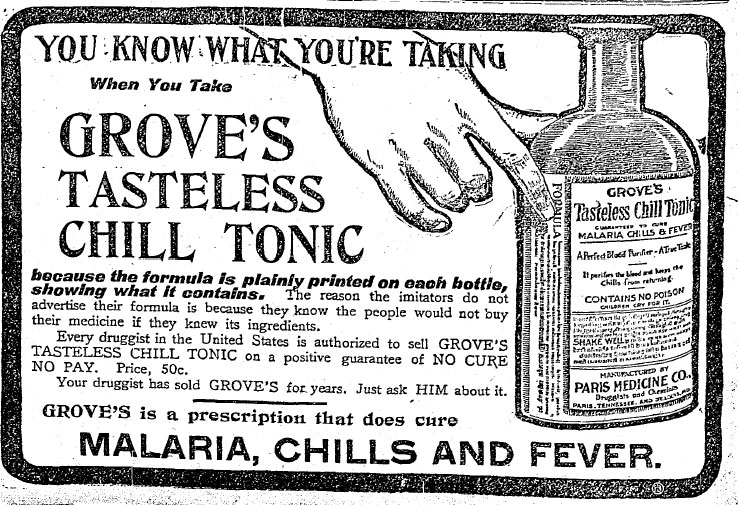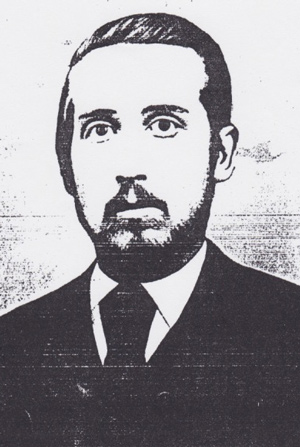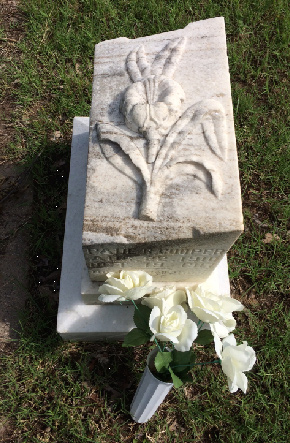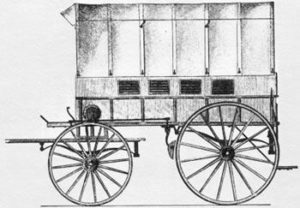How do you think you did on the How Well Do You Know Hunt County test last week? My husband complained about how hard it was even though I am always giving him tidbits of local history. He refers to it as “Carol’s Rattling.”
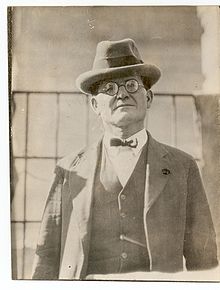
Hunt County native William King Hale moved to the Osage Nation before Oklahoma statehood. He built up power and prestige by obligating people with gifts and favors. In 1929 Hale was convicted of murder and sentenced to life at Leavenworth Prison in Kansas. He was paroled in 1947.
The Osage Murders was hard, but I was fascinated when I first read it for a couple of reasons. First, the fact that the FBI released their early files to the public on social media was amazing. Second, that two Hunt County men were involved. William “King of Osage” Hale was suspected of being involved in the deaths along with his nephew Ernest Burkhart. Both men were convicted of arranging the murders of at least two dozen members of the Osage Nation, but their sentences were light.
How many found the plaque at Corner Street Pub while enjoying their refreshments? The Bankhead Highway that came right down Lee Street was part of the second trans-continental highway in the United States. The first, the Lincoln Highway, was further north and impassible during much of the year thanks to winter snows in the Rockies. The Bankhead took a southern route from Washington, D. C. to San Diego. It entered Texas at Texarkana and exited in El Paso. For that reason it was named Texas Highway # 1. Later it was part of a marketing ploy promoting Broadway of America. All towns and cities along the way switched on lights every night at dark.
The eight markers for school in Hunt County are Burleson College, Fred Douglass School, East Texas State University (now Texas A&M University Commerce), Early Commerce Schools, Mary Jim Morris, Wesley College, St. Paul’s School, and Henry and Emerson College. Blanton School should be erected soon. I hope you read the inscription for Mary Jim Morris at New Hope Baptist Church in Greenville. It is an inspiration for all.
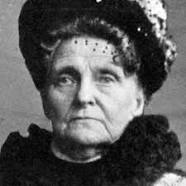
Hetty Green, “The Witch of Wall Street” bought the Texas Midland Railroad for her son, E. L. R. Green. Though she never came to Hunt County, she and her son added to comforts for passengers on their rail line.
The absentee landlords were Hetty Green or the “Wicked Witch of Wall Street” and her playboy son E. L. R. “Eddie” Green who owned Texas Midland Railroad. When the track was expanded into Hunt County Eddie Green somehow decided to bypass the town of Roberts. The reason was probably that Roberts didn’t donate as much money for the tracks as Green felt was necessary. Therefore, Green moved the depot a couple of miles to the north where the town of Quinlan was created. However, he did allow Quinlan residents free passage between the two towns in order to retrieve mail at the old Roberts Post Office before one was built in Quinlan.
Eddie owned the first automobile in Dallas and surrounding areas, even though he retained a chauffer, never learning how to drive. Eddie and Hetty were determined to produce luxurious passenger service complete with electric lights in all cars and ventilator cars, the predecessors of air-conditioned rail travel.
The last question asked the name of a Freedom Colony here in Hunt County. If you are not familiar with the term, it was used to describe villages created after the Civil War in safe places by former slaves. Neylandville, located on Highway 24 between Greenville and Commerce, was the seat of the only African-American secondary school in Hunt County and several nearby counties for many, many years. It is located on land owned by the Neyland family and is surmised to have been named for the donors. St. Paul’s School used buses to transport students from all over Hunt and Rains Counties to Neylandville daily.
So how did you fare on the test? For more information about Hunt County and opportunities to preserve our history, join us at the next Hunt County Historical Commission meeting on September 22 at the Audie Murphy/American Cotton Museum. We always meet at 7:00 P.M. and are in need of volunteers, both natives and newcomers.

